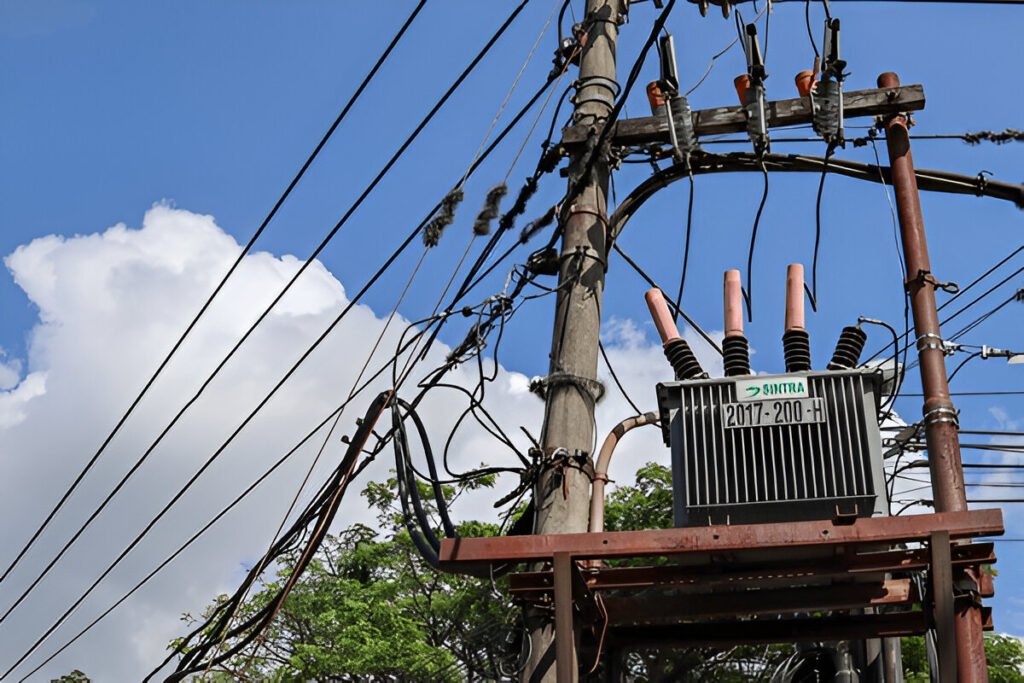When it comes to transformer dismantling, most companies focus only on logistics—getting the job done fast and safe. But there’s a goldmine hidden in the scrap, especially if you understand industrial scrap metal grades. Knowing what kind of metals you’re dealing with can significantly boost your earnings from the scrap, particularly when you’re working with professional buyers or recyclers.
So, how do you get higher offers during transformer dismantling? It all starts with understanding the value of what you’re dismantling.
Why Scrap Metal Grading Matters in Transformer Dismantling
Transformers are built using high-value metals—copper, aluminum, and steel—each with different grades. These grades define purity, quality, and potential market value.
During transformer dismantling, separating these materials correctly not only improves your payout but also attracts top-tier industrial scrap metal buyers who prefer pre-sorted and graded materials.
Here’s a quick breakdown of why this matters:
- Grade A Copper: Clean, unalloyed copper, often found in windings. This gets top dollar.
- Aluminum Grades: Lightweight but valuable in bulk. Grading determines value.
- Steel Grades: Found in transformer cores and frames. Heavy but lower value per ton.
Sorting your metals by grade during dismantling ensures buyers don’t downgrade your entire batch due to contamination or mixed materials.
Common Industrial Scrap Metal Grades Found in Transformers
- Copper (Bare Bright, #1, #2)
- Bare Bright: Pure, uncoated, untarnished copper wire—highest grade.
- #1 Copper: Clean but possibly oxidized or with minimal contamination.
- #2 Copper: Painted or soldered—still valuable but at a lower rate.
- Aluminum (Extruded, Sheet, Cast)
- Often used in transformer housings and radiators.
- Clean, painted, or mixed forms affect the price.
- Steel (Heavy Melting Steel, Sheet Iron)
- Thick transformer casing usually counts as HMS.
- Must be free from non-metal attachments for higher grading.
When you organize these grades properly during transformer dismantling, you’ll see far better offers from scrap equipment buyers.
How Grading Affects Offers from Scrap Buyers
Scrap metal buyers pay based on two things: weight and grade. If you deliver mixed-grade scrap, they’ll usually quote you at the lowest grade to protect their own margins.
But if you come prepared—with properly separated and identified metals—you become a preferred seller. Some buyers even offer better rates to regular suppliers who deliver clean, graded loads.
That’s why many commercial facilities working on industrial recycling contracts have dedicated teams for scrap handling during transformer teardown.
Tips for Grading and Sorting Scrap During Transformer Dismantling
Here are some expert tips to help you get the best value:
1. Use Proper Tools
- A magnet helps identify ferrous vs. non-ferrous metals.
- A wire stripper allows you to turn insulated wire into Bare Bright copper.
- A grinder or file can help test metal surfaces quickly.
2. Clean Your Metals
- Remove insulation, oil residue, or plastic.
- Clean metals = higher grade = better price.
3. Separate by Category
- Copper, aluminum, and steel should never be mixed.
- Even among copper grades, keep them separate.
Working with top-tier buyers like industrial scrap dealers gives you access to price charts, updates, and premium rates—if your scrap is sorted right.
Choosing the Right Buyer for Your Dismantled Transformer Scrap
Not all buyers are the same. Some specialize in bulk metals, others in equipment. For dismantled transformers, your best bet is a buyer who understands industrial disposal and recycling.
Look for:
- Transparent grading process.
- Same-day quotes.
- Fair weight and price documentation.
The transformer dismantling experts at JJ Liquidations, for example, offer fair market evaluations and specialize in high-voltage transformer components.
Don’t Ignore the Hidden Value: Accessories & Wires
Transformer dismantling doesn’t just yield core metals. It also produces:
- Scrap wire: Insulated copper and aluminum wiring—worth cleaning for higher grades.
- Cooling oils and tanks: Some parts can be recycled or sold for parts.
- Electrical components: Switches, breakers, and bushings can carry recyclable metals too.
Many sellers throw this away or leave it unprocessed. But savvy sellers sort and sell every component separately to maximize returns—especially when working with professional industrial scrap metal recycling partners.
Final Thoughts: Scrap Smarter, Not Harder
The key to getting higher offers during transformer dismantling lies in understanding and applying scrap metal grading principles. When you:
- Sort your metals properly,
- Remove contaminants,
- Know your grades, and
- Partner with experienced buyers,
You can transform what looks like junk into serious profit.
So next time you take apart an old transformer, don’t just toss everything into one bin. Grade it, clean it, and reach out to a qualified buyer who understands its value.
Start working with top industry professionals who know the worth of your metal. Whether it’s industrial scrap, copper wire, or transformer cores—you deserve top dollar.



